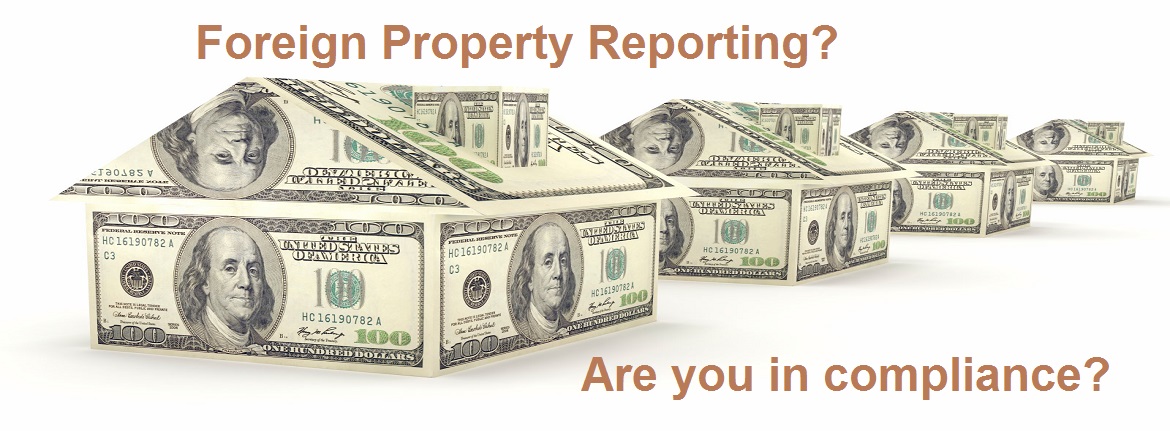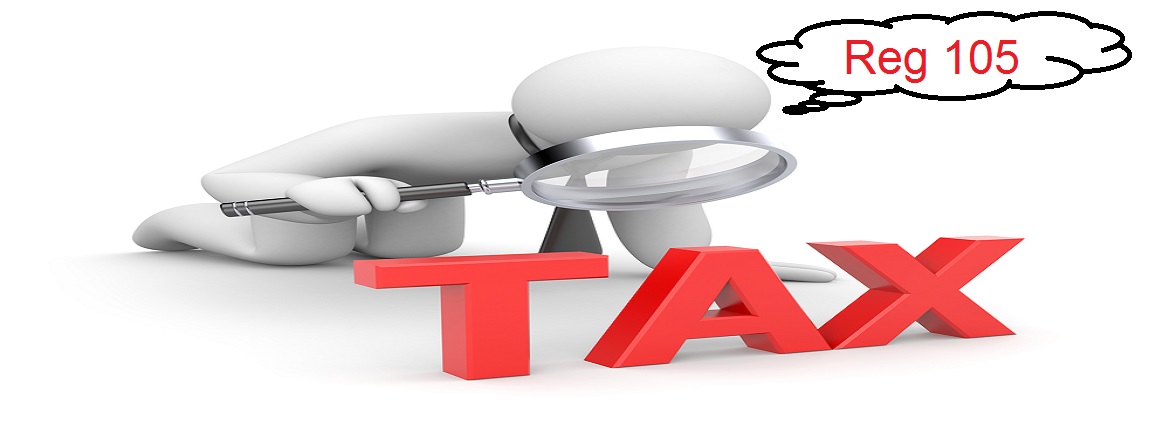2014 Tax Tips for Professionals, Self-Employed and Business Owners
For individuals, the personal income tax planning opportunities are generally very limited. However, if you are a professional, self-employed or you own a business, you will find twelve income tax tips in this article to cut your tax bill for your business income.
Understand and Maximize Tax Deductions
You need to understand the rules in order to play the game which is to reduce the overall tax bill for your family. As a general rule, any expenses not specifically prohibited by the Income Tax Act can be deducted to reduce your net business income, provided such expenses relate to the earning of your business income and are reasonable in the circumstances. Therefore, personal expenses are generally not deductible. There are also many exceptions to this general rule. If you incur expenses not deductible in computing your net business income for tax purposes, such expenses will actually cost you more in your before-tax dollars. For example, say you are in a 35% tax bracket and incur an expense of $100. If the expense is not deductible, you would need to make $154 in pre-tax income. It is because you would need to pay the governments $54 in taxes on the $154 of income, then you would be left with $100 of after-tax income to pay for the $100 of non-deductible expense. On the other hand, if the expense is deductible, you would only have to make $100 in pre-tax income. The $100 of expense deduction would reduce your net business income to nil. You would not have any income for which you have to pay tax on.
Reduce Marketing Expenses on Meals and Entertainments
If you take a client or potential client to lunch or a sports event, only 50% of such meal and entertainment expenses are deductible. Similarly, if you are registered for HST/GST purposes, you can only claim input tax credits for half of the HST/GST paid on such expenses. If you can find other marketing initiatives to build your client relationships which can give your 100% of tax deductions, you will be able to reduce your tax bill for your business income.
Maximize Home Office Expense Deduction
Maximize your home office expense deduction if you operate your business from your home office or use your home to meet clients, customers or patients. The portion of your ongoing home expenses that can be claimed as business expenses will be based on the percentage of your home in square footage that is used for your office. Here is the tip for you. When calculating such percentage, you can usually exclude common areas such as hallways, kitchen and washrooms. This calculation will allow you to claim a much greater percentage of your total home expenses as your home office expenses. In adding up all your home expenses for the year, don’t forget to include mortgage interest or rent, property taxes, utilities, insurance, telephone, as well as any repairs and maintenance, lawn mowing, and snow plowing etc. Although you can also include tax depreciation of your home in the home expenses, this is often not advisable because this will reduce your future claim of principal residence exemption when you sell your home.
Maximize Car Expense Deduction
Maximize your car expense deduction if you use your car for your business. Parking and toll charges for business trips are 100% deductible. All other car expenses can only be partially deductible based on the percentage of the total mileage for the year that is for business use. If you have a home office, the travel from your home to your clients qualifies as business use. However, if you do not have a home office, the mileages travelled from your home to your own office and vice versa do not qualify as business use. Here is another tip for you; you can increase the business-use percentage of your car by scheduling your business appointments on the way to and from your office. In adding up your total car expenses for the year, do not forget to include all the gasoline costs, licenses, insurance, CAA membership fee, car washes, repairs and maintenance, leasing charges or tax depreciation of your car. Here is one more tip for you. If you own more than one family car, use the newer or more expensive car for your business. This will normally give you much greater deduction of tax depreciation of your car.
Deduct Medical Expenses
Get deduction for your family’s medical expenses. Generally, you would be able to save more tax by deducting your family’s health and dental costs as business expenses rather than claiming as medical expense tax credit. In order to qualify for the deduction, first, you must be actively engaged in your business and your business must be your primary source of income. Second, you need to set up a private health service plan with a third party plan administrator. The private health service plan is essentially a self-funded plan. It is not an insurance plan. If you have employees, you must extend the benefits to at least one class of employees. If you have no employees, your benefit coverage is limited to $1,500 for you and each of your family members over 18 years, and $750 for each child under 18 years. I am aware of a plan administrator who charges a 10% on the amounts of processed claims without any upfront setup fees. Contact me if you would like to know how to set up a private health service plan.
Split income
If you have family members in a lower tax bracket, consider employing them in your business. The idea is to split income to reduce the overall tax bill for your family. However, there are many tax traps in this income splitting area. For example, you need to ensure that their salary is reasonable for their services performed. The salary should be paid periodically and preferably by cheques. There are also payroll tax source deductions, remittances and filing requirements to consider. You should talk to a tax accountant before acting on this tax tip.
Maximize interest deduction
Arrange your family finance to make interest deductible against your business income. As a general rule, only interest on money borrowed to earn income from a business or property is deductible. So interest on home mortgage is generally not deductible because your home is not an investment property. However, as explained above under the home office expense deduction, you may be able to deduct a portion of your home mortgage interest if you qualify to claim home office expense deduction. Additionally, interests on loans taken out for making contributions to your RRSP, RESP, or TFSP are also not deductible because the income earned within these registered plans are not taxable. It is the direct use of the borrowed money that determines the interest deductibility. Here is the tip for you. If you need to borrow, try to structure the borrowing for your business operations, and save the cash you generate from your business to pay down your home mortgage or contribute to your registered plans. In that way, you will be able to convert non-deductible interest into deductible interest.
Avoid Non-deductible Convention Expenses
The deductions are limited to two conventions a year. The portion of the convention expenses for meals and entertainment is subject to the same 50% limitation rules as explained above. For the convention expenses to be deductible, the convention must be in connection with your business or profession. Additionally, the convention must be held at a location that can reasonably be considered to be within the scope of the host organization. Note that the CRA will not allow you to deduct any costs for attending a convention held during an ocean cruise, no matter who sponsors it.
Get Government Funding or Tax Credits
Get government funding and tax credits to reduce your payroll costs. For example, under the Ontario Youth Employment Fund, Ontario employers may receive up to $6,800 to cover the cost of wages and training for new hires when they provide a job placement of four to six months. Under the Canada Job Grant program, employers may receive up to a maximum of $10,000 per grant to cover two-thirds of the cost of employee training provided by eligible third-party trainers, such as community or career colleges or private trainers. The federal and provincial governments also offer tax credits to employers for hiring eligible apprentices and co-op students. The federal credit is a non-refundable tax credit equal to 10% of eligible wages payable to eligible apprentices. The maximum credit is $2,000 per year for each eligible apprentice. The Ontario credit is a refundable tax credit equal to 35% to 45% of eligible wages paid to eligible apprentices. The maximum Ontario credit is $10,000 per year for each eligible apprentice.
Acquire Depreciable Assets
Acquire depreciable assets before year-end rather than in the new year. You cannot simply write off the cost of the depreciable assets. But you can claim a portion of the cost every year as tax depreciation. However, in the year of acquisition, only one-half of the tax depreciation you could otherwise claim for the asset will be allowed. As a result, acquiring an asset just before your year-end will accelerate the timing of your tax depreciation. Acquiring an asset at the beginning of the year will defer the timing of your tax depreciation.
Keep Complete and Accurate Records
Maintain and retain complete and accurate records of your income and expenses. Receipts are crucial for validating your expense deductions. If it is not obvious, write down the purpose of the expense on your receipt. It is especially important to write on the receipts for meals and entertainment of who you took to lunch and why. The CRA will likely review your expense claims and compare them to the norms of your particular industry to see if they are reasonable. A tax audit may be triggered if your expenses are found to be abnormally high compared to the industry norm. But you should have nothing to worry about if your records are complete and organized.
Incorporate Your Business
If you do not need to spend all the business income you make, there may be tax deferral benefits of incorporating your business. The amounts of tax deferral benefits will be determined based on three factors. First, how much income could be retained in your company and for how long? Second, what is your personal marginal tax rate? Third, what would be your company’s corporate income tax rate? Generally, depending on the province of your company’s operation, your company’s corporate income tax rate would range from 11% to 19% on its first $500,000 of active business income. Let’s look at an example. Say you are living in Ontario and earning an annual income of $400,000 from your un-incorporate business in Ontario. So your marginal tax rate on your income in excess of $220,000 would be approximately 50%. If you incorporate a company to earn the $400,000 business income; take out $250,000 from your company as salary for your own personal spending, and leave $150,000 in the company for which your company would have to pay tax at 15.5%. The tax deferral benefit for leaving the $150,000 in your company would be approximately $52,000[1]. Other than the tax deferral benefits, there are many other commercial and tax related factors to consider when making the decision whether to incorporate your business. You should talk to a tax accountant before acting on this tip.
We Can Help
We are a Toronto Chartered Accountant firm with 20 years of specialized experience in Canadian domestic and international taxation. We can assist with
- Cross border taxation;
- Business and succession planning;
- Canadian personal and corporate tax returns;
- Corporate tax planning and reorganization;
- Retirement planning;
- Estate planning and inheritance tax advice; and
- Tax audit dispute and resolution.
Contact us to schedule an appointment.
____________________________
The information in this article is general in nature and does not constitute professional advice. We recommend that you obtain the appropriate professional advice before acting on any of the information contained herein.
[1] $51,750 = $150,000 * (50% – 15.5%)






